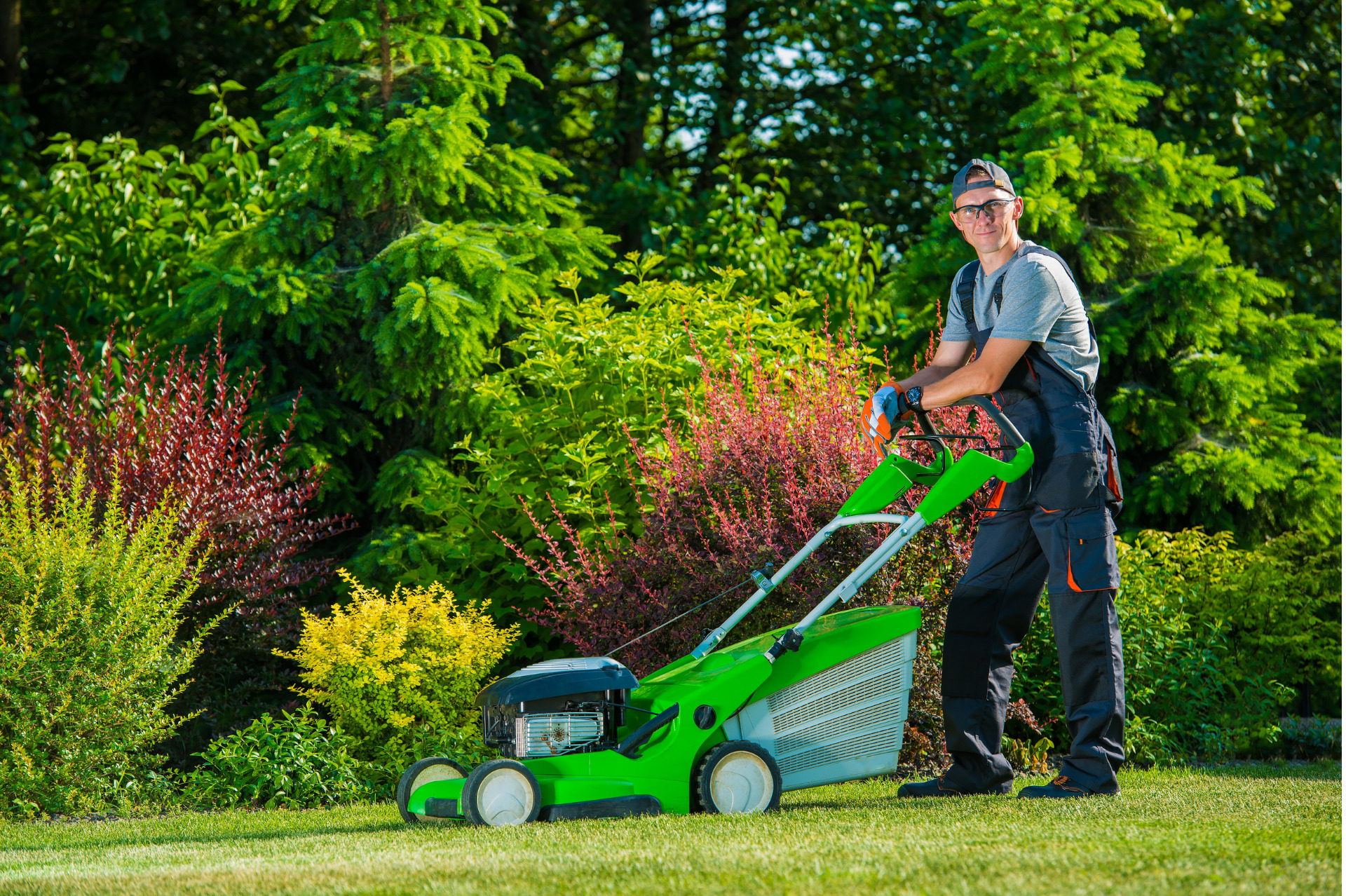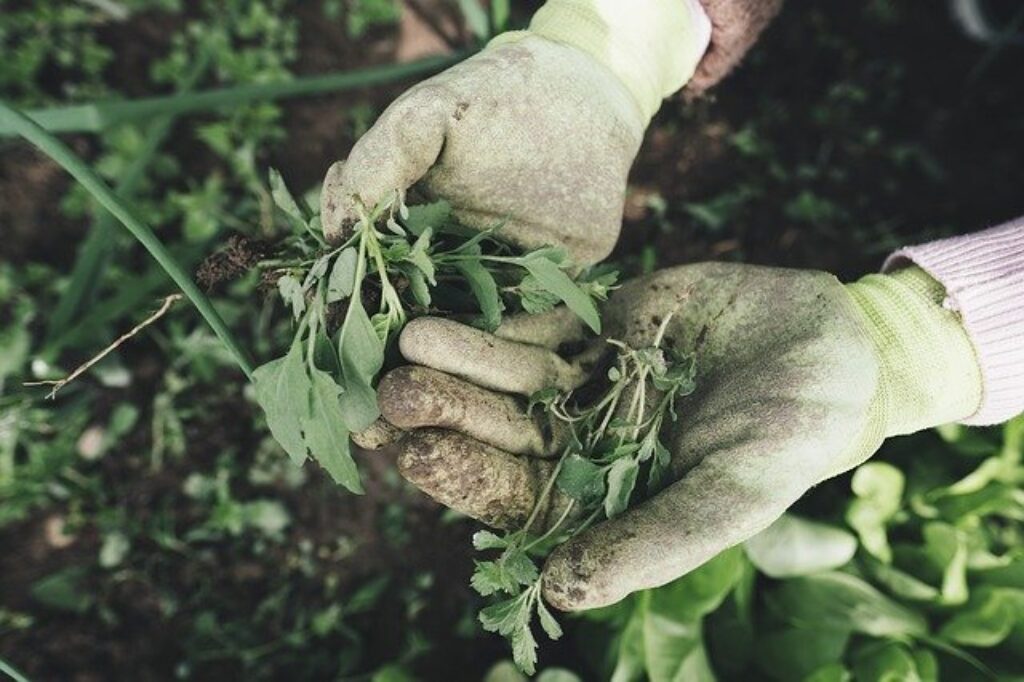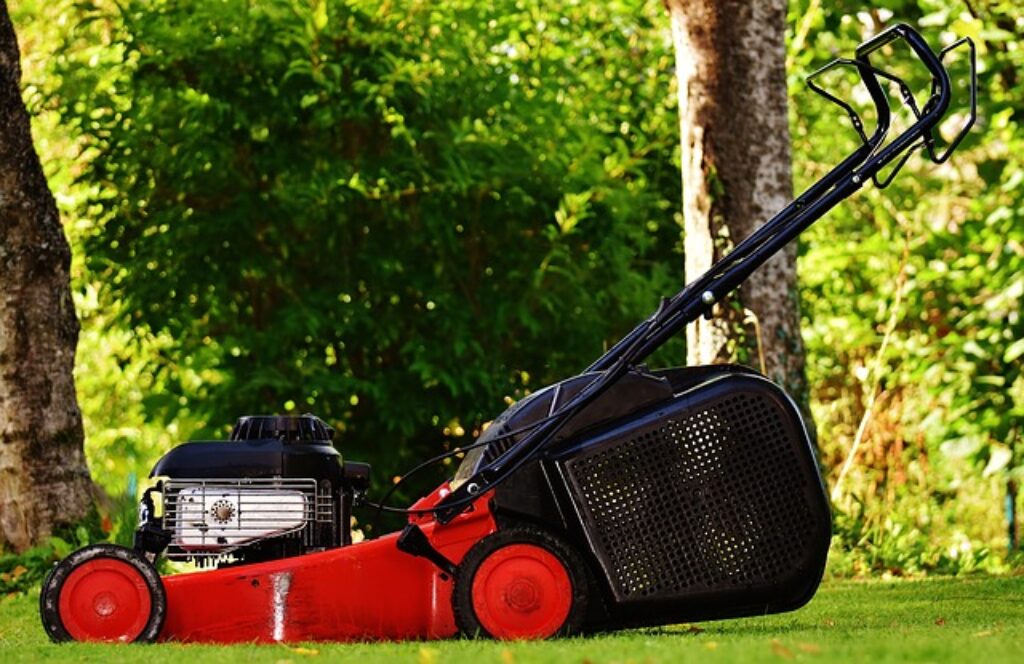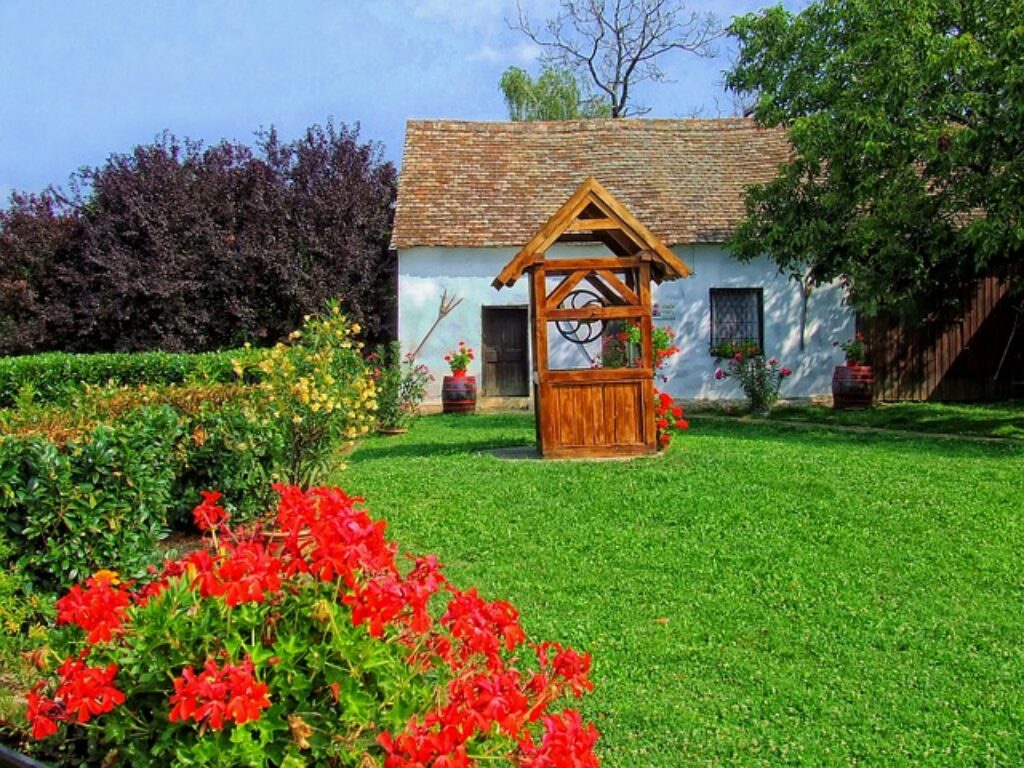
So you’ve created your perfect outdoor space and chose the ideal soil and grass for it. But how are you going to keep it looking great? Follow these 10 simple steps to avoid ever having to deal with a weed infested, dull-looking lawn again!
Many of the tips in this article work best when applied on autumn lawns and during spring. This allows the grass to grow and repair throughout summer.
1. Remove all thatch, weeds and moss
These can stop nutrients and air from getting to the roots of your lawn grass, preventing its growth. There are numerous ways these can enter your garden, by pets, other animals, birds or even on your own footwear and clothing. Let’s take a look at how to tackle each of these pesky, unwanted troublemakers.
Weeds

When you’re weeding, remember to pull out the entire with its roots as well. Use a tool or your hands, but make sure you get all of it out. If you don’t, it’s just going to grow right back. Try spraying the weeds with a herbicide but choose one with low toxicity so that you won’t be doing too much harm to your grass.
Thatch
Thatch is a layer of dead and living organic matter that builds up between the soil and the leaves. It consists of dead grass, leaves and root stems. Thatch is dangerous because it can destroy your lawn the same way weeds can. The best solution for this is to remove mulch from your lawn using a rake, a process known as ‘scarification’. There are several tools you can use for this job, including a lawn scarifier.
Moss
Moss is one of the worst lawn problems you could have. Mosses are flowerless green plants that don’t have true roots and grow in carpets or cushions in damp areas. Mosses love extra shade, moisture and low quality turf and if left uncontrolled they can quickly increase and hinder the growth of your grass.
To prevent moss from growing on your lawn, the best thing is to identify the cause of the problem and then minimize it or eliminate it altogether. Here are the most common conditions that allow the development of moss:
- Shade
- Poor drainage
- Too much thatch
- Clay in the soil
- Drought
2. Improve drainage
If your lawn has a poor drainage system, it can get waterlogged for hours or days, resulting in other complications. Two of the most common reasons for the build-up of water are the ability of the soil to absorb water and your garden’s landscape.
Improving soil permeability
Soil permeability can be affected by too much clay in the soil, soil compaction, thatch and many layers of roots. These can all prevent absorption of water into the soil, causing it all to stagnate and damage your lawns health.
You can fix this problem up to some extent if not entirely, but using the right type of plants for the type of soil you’ve got or adjusting the soil by adding organic material like compost or aged manure. This can change the sizes of the soil and the spaces in your soil, allowing for healthier drainage and growth.
Garden landscape

Your garden should be shaped in such a way so as to naturally drive the water away from your home. This means it should have a shallow slope. If it’s got any dips in it, water can pool in one place, damaging the roots and grass (this is also called waterlogging).
Fitting drains and gutters to direct excess water away from your lawn, adding wet plants that need a lot of water or reshaping your garden are great ways to improve its drainage.
Make sure to aerate
Aeration is important because it allows the water and air to penetrate all the way to the root zone of your lawn grass which is important since it will provide nutrients for the grass to grow. Aeration is done by creating little holes in the soil at specific depths and intervals. For this, you’d need a garden fork and there are also specially made machines and tools. You’ll be surprised to find that there are also aeration shoes available for this job!
Pay extra attention to mowing

When you mow your lawn, make sure to remove just one third of the grass length. Too much and you’ll have a nearly-bald lawn, too little and you’ll probably have to mow again in a few days. In cold weather you’ll find that you’ll need to do less mowing and in warmer weather you’d have to work a bit harder.
Remember: try to avoid mowing when the grass or soil is wet since this can damage your lawn and prevent the grass from growing healthily in the future. If you’re using a mower with a roller, you’ll need to change the direction you mow each time.
Feed and water your grass
There are several types of fertilisers and grass feeds that you can find in most gardening shops. The type you’ll need depends on the existing weather and soil in your location. Always follow the instructions for application.
Just like feeding, watering is also crucial to lawns. If you don’t water your lawn enough, it will change color and the grass will stay flat when you walk on it. As a result, you’ll have a dull, dead-looking lawn. The frequency and amount of watering you’ll need to do depend on the weather conditions and the type of soil in your area. The best time of day to water your lawn is when the temperatures are cooler since this will help you to get better results.
Top dress your lawn
Top dressing is a method used to improve and build up the quality of the soil, providing resistance to drought and drainage. It involves the application of a thin layer of granulated organic materials or soil over the surface of your turf. It helps to smooth the surface of your lawn, protect the grass over winter and also helps to control thatch.
Keep an eye on your lawn

Check your lawn regularly and remove any unwanted debris on its surface like dead leaves or twigs. If you neglect your lawn, it will suffer and won’t be healthy and lush like you want it to. While it can require a little extra work, the time and effort will definitely be worth it! If you follow these tips and pay a little extra attention to it, you’ll surely be rewarded with a beautiful lawn!



